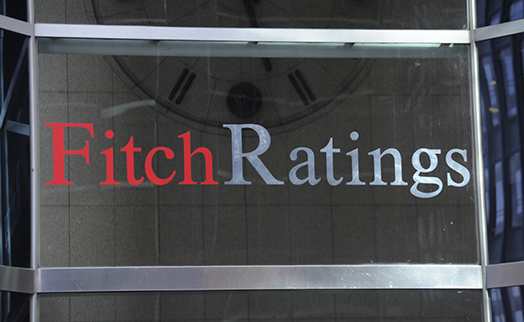YEREVAN, May 13. /ARKA/. Banks with highly dollarised balance sheets in CIS countries and Georgia are being hurt by their domestic currencies’ considerable depreciation against the US dollar, says Fitch Ratings.
Banks have been most severely hit in Azerbaijan and Ukraine, where regulatory support was not forthcoming. Banks in Kazakhstan, Russia and Belarus were partly shielded by government support measures, and exchange-rate movements were less severe for Georgian and Armenian banks.
Banking sectors across the region extensively lend and collect deposits in foreign currency (FC). Banks in Armenia, Georgia and Belarus have the highest share of FC lending (57%-66%), while banks in Azerbaijan, Georgia, Kazakhstan and Belarus have the highest FC deposit concentrations, all above 60%. Retail FC lending is significant in Ukraine, Georgia, Azerbaijan and Armenia, but limited in Kazakhstan, Russia and Belarus.
FC positions tend to be fairly well matched, helped by hedging in Russia and Kazakhstan. But balance-sheet management has become more difficult across the region as exchange rate movements and, in some cases, deposit conversions, have increased dollarization. In Azerbaijan, some banks have recorded large currency losses as a result of short open positions and limited hedging opportunities.
Increased dollarization has also led to a rise in non-performing loans (NPL) and capital adequacy erosion. Hedged borrowers are scarce in the region and, faced with a depreciated local-currency revenue stream, many have found it increasingly difficult to service their FC loans.
Only Georgian banks continue to report resilient asset-quality ratios, reflecting the country’s sustained economic growth, limited currency depreciation and fewer economic ties with Russia. Fitch forecasts NPL/total loan ratios across all other countries in the region to be 10% or above by end-2016. Ukrainian banks report NPL ratios nearing 35%, reflecting the recent sharp recession, currency depreciation and large legacy portfolios of problem loans dating back to the 2008 downturn.
Currency depreciation causes balance sheets to swell because financial statements reflect the inflated local-currency equivalent of appreciated FC asset and liability values. Bank capital is not inflated because it is generally denominated in local currency: capital ratios across the region have been affected by depreciation.
Economic decline across the region, mainly due to weak commodity prices, has made it more difficult for banks to build up capital through internal generation, bringing additional capital pressure. Capital pressure is greatest in Ukraine, Azerbaijan and Kazakhstan, while banks in Armenia, which deleveraged aggressively and where currency impacts were lower, and Russia, where FC lending was less prominent, were less affected. -0-








